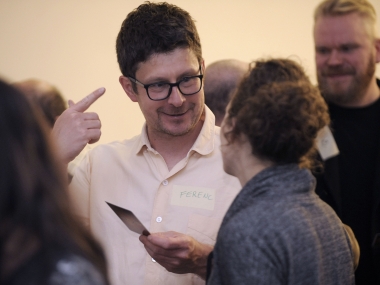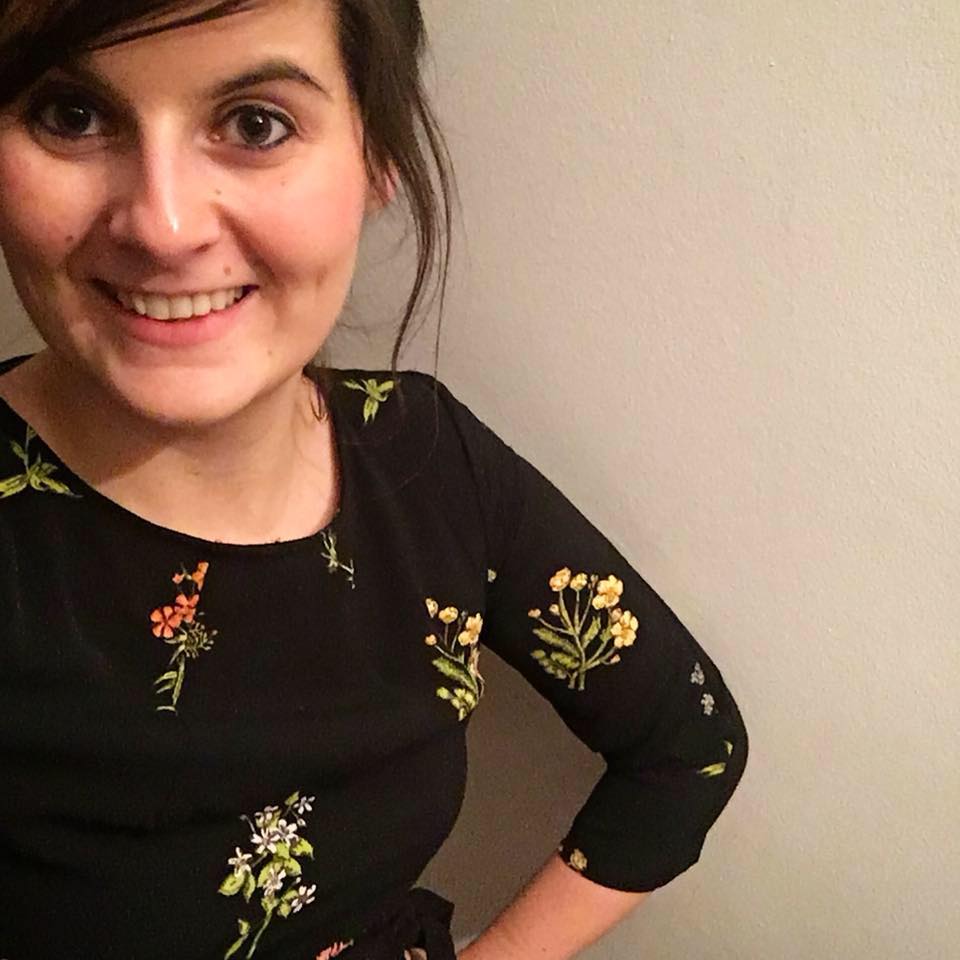How to harvest the community impact within urban policies? – lessons learnt from the Come in! Masterclass Event Part II.
Edited on
27 May 2019The main goal of the Come in! Talking Houses/ Shared Stories Masterclass weekend was to enable partners to get to know the Budapest100 Festival, in order to make use of this knowledge in the future. So what kinds of benefits do participating cities get?

FIND A SUITABLE NEIGHBOURHOOD! Within Phase 1 Come in! partner cities already selected those, mainly residential areas that have a clear local spirit and characteristic built environment where a community-led festival might be efficiently organised. It is important to point out that Come in! is not necessarily about nice city centres. Partner cities took the festival’s motto (every single building is interesting and important) seriously, and they believe that through transferring the good practice they create an opportunity for citizens to uphold cultural values and traditions and to promote positive societal change. Thus the good practice will be adapted in various built environments. Forlì (IT) will focus on its sensitive rationalist heritage, Varaždin (HR) will deal with its untapped modern buildings just next to the beautiful Baroque city centre, and the good practice will even be tested in newly built environments as well (e.g. in modern housing estates in Újbuda (HU) or Pori (FI), and in a rather neglected area of Warsaw).
FIND THE RIGHT PEOPLE! In line with this, it is agreed by all partner cities that residents and volunteers (incl. artists) should take centre stage during the organisation of the festival (transferring the good practice) - this is what makes Budapest100 unique in the European context (the most well-known initiatives like the Open House Network or the European Heritage Days do not involve residents and they do not have social focus besides the architectural one). So the first challenge is to find those charismatic and passionate people who have profound knowledge on the area, trust among local people and equally importantly, time to organise - or at least coordinate the organisation of - the festival.
FIND A BALANCE WHEN COMMUNICATING WITH PEOPLE AND SHARE OWNERSHIP! This is especially true in the case of the project in which municipalities participate, but local people should organise a due community-led festival. Only equal partnership works. The ULG Coordinator shall be an intermediary person between the community and the municipality. The festival should be a “neutral space” where residents feel themselves encouraged to act, however visible municipal leadership is also essential. Success will be tested by partners as peers during the pilot festivals to be organised within the Come in! network. Whether residents will be able to not only to open their houses, but also to actively organise happenings (food, competitions, quizzes, games, and storytelling)? Will people take over their neighbourhood? The bottom-up character of the pilot festivals will be evaluated by partner cities.
DO NOT ADAPT, BUT RE-USE THE GOOD PRACTICE! Beyond Budapest100 there is a massive amount of research work (also done by volunteers, coordinated by a professional part-time colleague). Partner cities started to prepare their Festival Time Plans in Budapest, but they have to use a mix of design and implementation skills when tailoring it with ULG members. Do they need to recruit researchers and organise volunteers via open or restricted calls? Or is it better to directly target universities and grammar schools via personal engagement to find those passionate people? What is the profile of local volunteers and how should they be engaged? How should they approach local residents and raise their awareness? Letters to be posted in post-boxes, and posters to be placed on staircases? Or using local Facebook pages? Where do you find the local heroes? Do partners need to involve public institutions? How should they engage people to use placemaking and street art activities to animate private or public spaces during the festival? Whether partners should organise a ‘high culture event’ or a more ‘popular’ and ‘accessible’ festival? Do they know what archives to be used to store the facts and stories collected (in Budapest the event has a separate website that functions as a database as well). How do they enable local residents to become enthusiastic “media partners”, sharing posts on social media? These are some of the questions local actors must answer within their Festival Time Plans.
Ferenc Szigeti-Böröcz
 Submitted by k.tapody on
Submitted by k.tapody on
